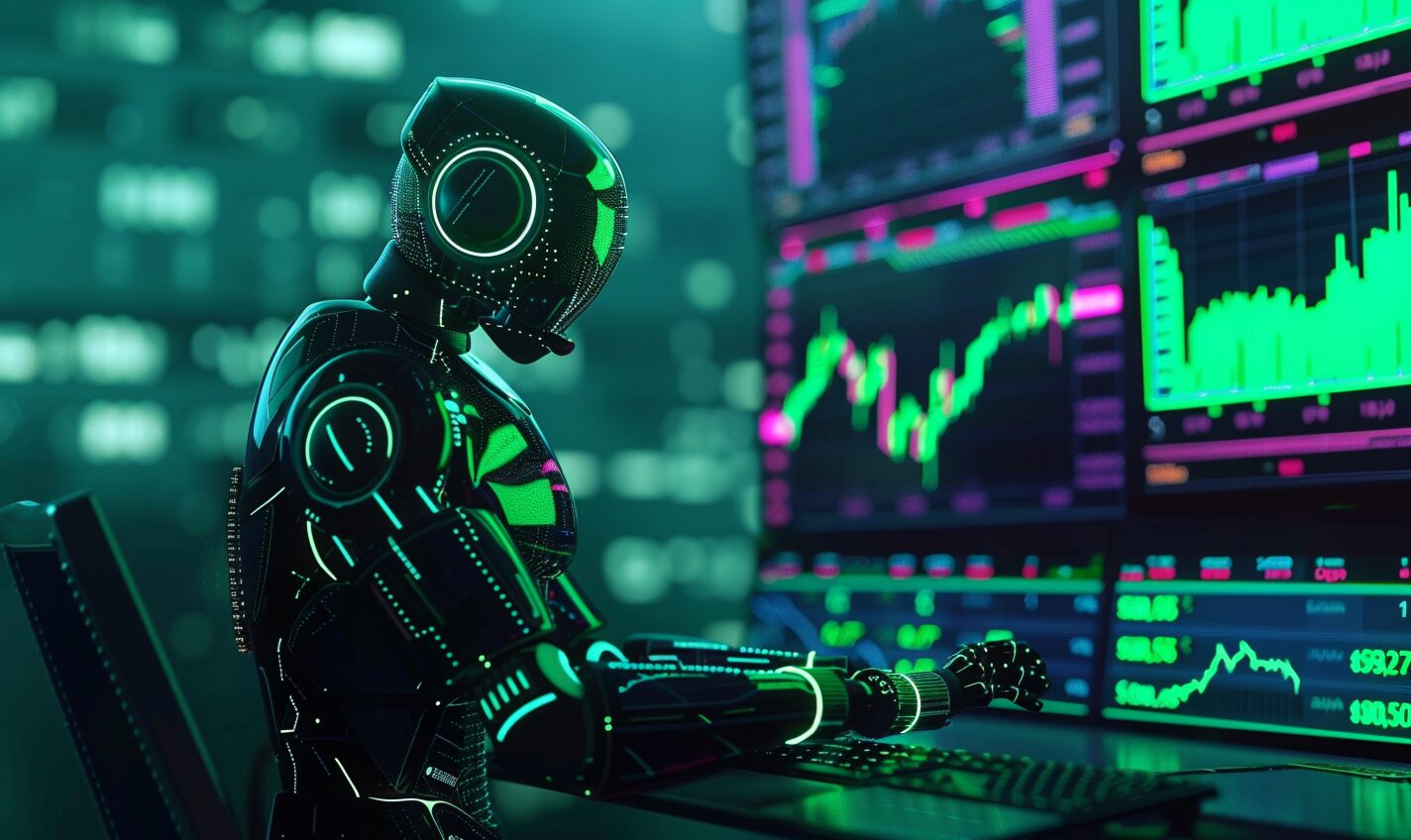People often use the terms “AI,” “deep learning” and “machine learning” interchangeably. But, they’re actually three distinct entities. Artificial intelligence refers to a computer’s ability to solve problems without human intervention. Deep learning and machine learning are two of the six branches of artificial intelligence.
Types of Artificial Intelligence (AI)
The AI market could be worth 500 billion dollars by next year, and artificial intelligence is all around us.
Search engines use AI to display the most relevant results at the top of the page and distinguish a word’s meaning based on context. If you’re reading about snake husbandry, for example, a subsequent search for “shed” might explain how to keep humidity levels up so your snake can shed properly. But if you’ve been reading about building your own outdoor tool storage building, searching for “shed” will probably give you different results.
AI is also the driving force behind predictive text features, speech recognition software, and computer games that let you play against the computer. There are four complexity levels in AI technology.
The first, known as reactive machine AI, should not be confused with machine learning. It’s a type of AI that responds to current events. For example, in an online chess game, the computer can react to your moves and try to beat you. But it can’t store memories or make plans.
The second type is called limited memory AI. It can use information only from the recent past to make future decisions. For example, self-driving cars come equipped with large databanks of information for them to draw upon. But when it comes to forming new memories, the software stores only very recent ones.
The third type of AI is called theory of mind, and it’s relegated to the realm of science fiction. If scientists developed the theory of mind AI, it could react to and understand emotions based on a person’s body language, facial expressions, and previous behavior. It would draw upon several past experiences to get smarter over time. The main premise behind the theory of mind AI is an awareness that other people can think.
The fourth level of AI complexity is complete self-awareness. Like the theory of mind AI, this type of software doesn’t exist — at least not yet. A self-aware program would understand that it’s a computer. It would form opinions, self-esteem, and philosophies about itself based on its knowledge of the world and would even have emotions regarding the state of its own existence.
Many people question the ethics of creating self-aware AI. Would it be able to feel sad or lonely? Would it feel superior or inferior to humans in any way? This form of artificial intelligence may never exist, but even if scientists managed to create it, we might never know if it was really aware.
Branches of Artificial Intelligence
In addition to the four levels of complexity, there are six branches of AI: deep learning, machine learning, robotics, natural language processing, expert systems, and fuzzy logic. We’ll cover the first two.
Machine Learning
Machine learning is when a program becomes better at performing tasks over time without human intervention. It uses information from past experiences to process, analyze and solve problems with the help of sophisticated statistical models and algorithms. For example, machine learning AI can detect phishing emails by comparing them to its database of cybersecurity knowledge.
Deep Learning
Deep learning is a subset of machine learning. The main thing to remember about this software is that it usually learns by viewing pictures. Programmers can feed the deep learning AI a bunch of images in a certain category — for example, dogs or Dolly Parton — and train it to recognize the subject from different angles, in different lighting and when variations exist.
The deep learning program would learn that pugs and German shepherds both count as dogs even though they look very different. It could also detect Dolly Parton’s face even if she took off her signature blonde wig. It does so by remembering images it saw in the past, then comparing them to new ones.
This is called a neural network model because it’s modeled after the human brain. Deep learning AI always uses a neural network, although it doesn’t always learn by looking at photos.
Deep learning programs typically require a lot of human input. This is especially true in the beginning when they’re first learning.
AI, Deep Learning and Machine Learning Are Interconnected
To put it simply, deep learning is a subset of machine learning, and machine learning is a subset of AI. Artificial intelligence is fast becoming a major part of everyday life, and there will probably be even more distinct categories of AI in the future.
Recent Stories
Follow Us On
Get the latest tech stories and news in seconds!
Sign up for our newsletter below to receive updates about technology trends














